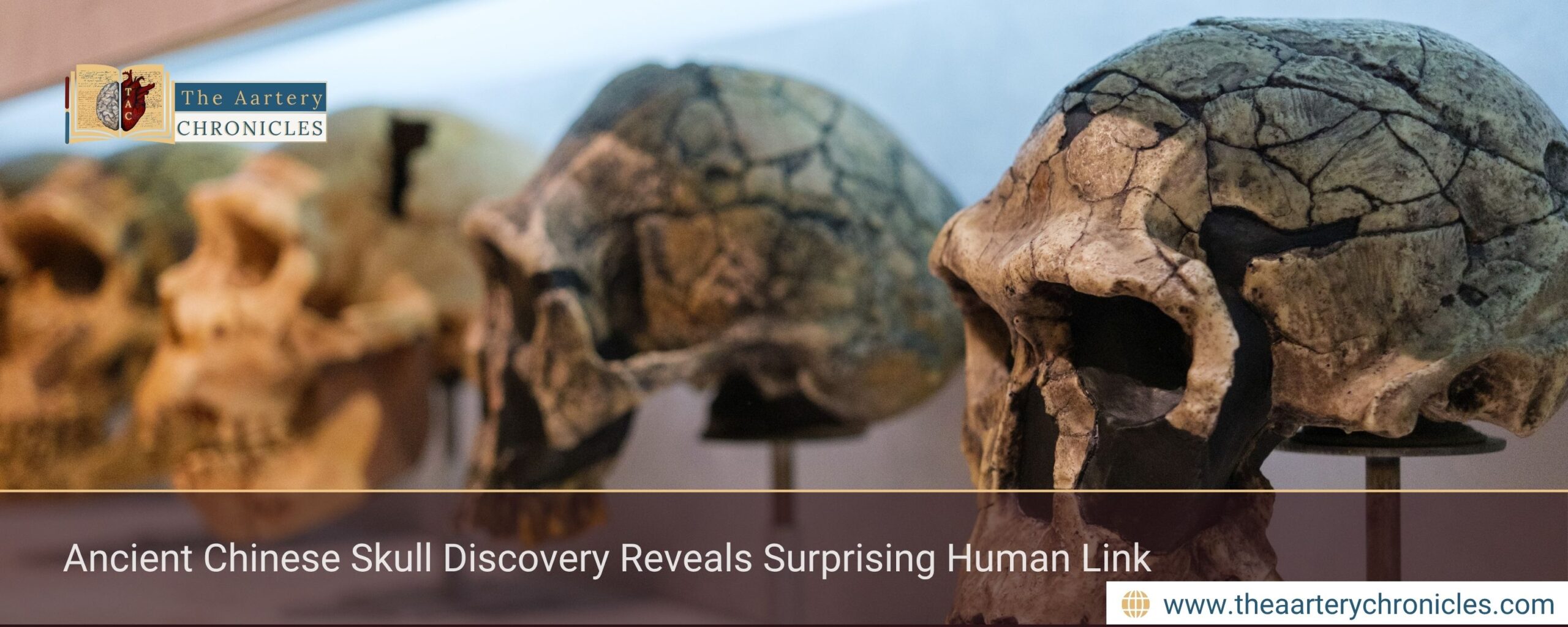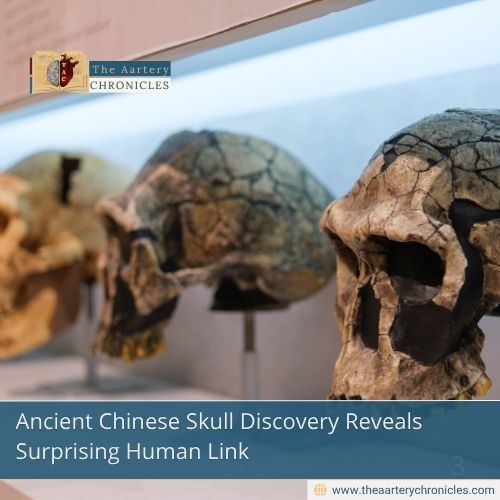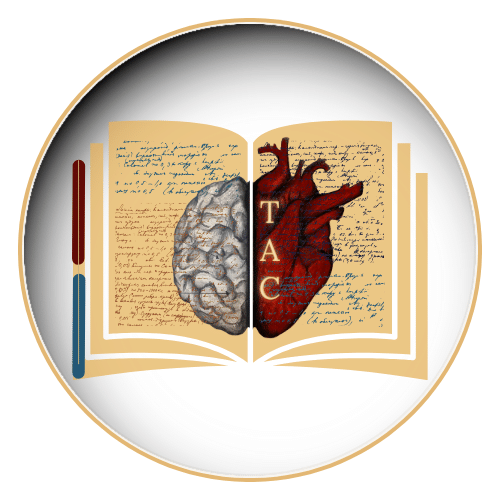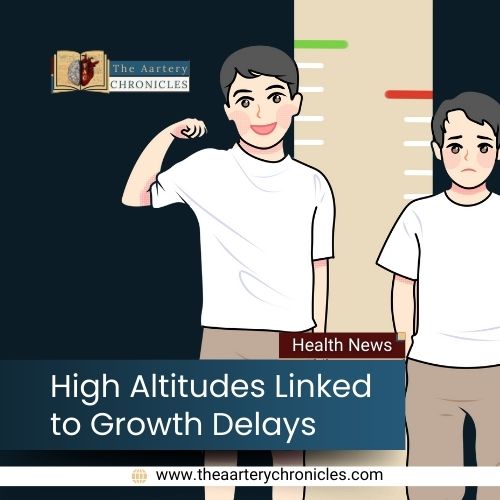

Ancient Chinese Skull Discovery Reveals Surprising Human Link
Summary:A fossilized skull, estimated to be 1 million years old, discovered in central China is reshaping perspectives about evolution. The skull called Yunxian 2 was crushed when it was first discovered in 1990, however the new techniqes of digital reconstruction has now revealed several details about its place in the human family tree.
A New Look at an Old Mystery
The digitally reconstructed skull has characteristics that associate it with Homo longi also referred to as Dragon Man, it indicates a more proximate evolutionary relationship between these ancient Asian hominids and modern humans (Homo sapiens) than with Neandertals.
The research, conducted by Xiaobo Feng of Shanxi University, situates Yunxian 2 within a context that may elucidate the complex narrative of Middle Pleistocene fossils (ranging from 789,000 to 130,000 years ago). According to their analysis, Denisovans who are known mainly from DNA were a part of the Homo longi group, making them closer relatives of modern humans than previously thought.
What Makes Yunxian 2 Unique?
The fossil possesses an elongated, shallow braincase while accommodating a comparatively massive brain. Additional characteristics, including closely set eye sockets and a broad, flat nasal aperture, exhibit similarities to qualities observed in H. longi. Nevertheless, due to its amalgamation of traits, the team refrained from categorizing it definitively inside a single species.
Scientists analysed Yunxian 2 with over 100 additional skulls and jaws from Africa, Europe, and Asia in order to determine its evolutionary relationships. According to computer modelling,
- About 1.32 million years ago, Homo sapiens and Homo longi had a common ancestor.
- Ancestors of Neandertals split off a little earlier, at 1.38 million years ago.
- The H. longi line may also include European fossils that were formerly categorized as Homo antecessor.
Why It Matters
These findings, if precise suggest that modern humans are more closely related to the H. longi branch than to Neandertals, and thus to the Denisovans. This adds complexity to our knowledge of early human diversity and challenges long-held evolutionary presumptions.
Not all experts, however, are in agreement. Numerous fossils from this era exhibit mixed characteristics that make them difficult to neatly classify, according to Texas A&M paleoanthropologist Sheela Athreya. There might be more undiscovered mysteries in the Yunxian finds, Yunxian 1 (1989), Yunxian 2 (1990), and Yunxian 3 (2022).
A Window Into Human Origins
Yunxian 2 offers one of the clearest fossil windows into hominid diversity during the Middle Pleistocene and will remain a crucial reference point for evaluating competing hypotheses of human evolution, even as debates continue.

Dane
I am an MBBS graduate and a dedicated medical writer with a strong passion for deep research and psychology. I enjoy breaking down complex medical topics into engaging, easy-to-understand content, aiming to educate and inspire readers by exploring the fascinating connection between health, science, and the human mind.








